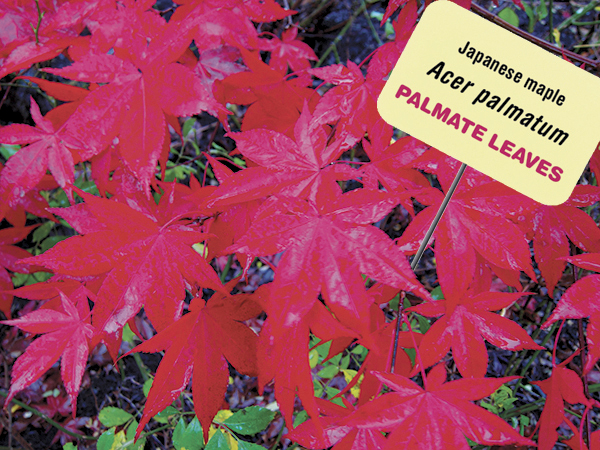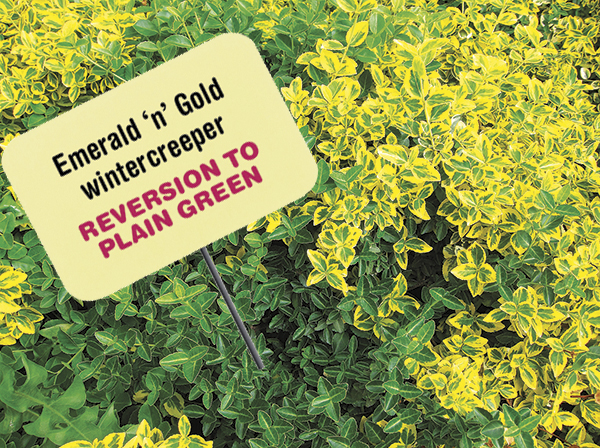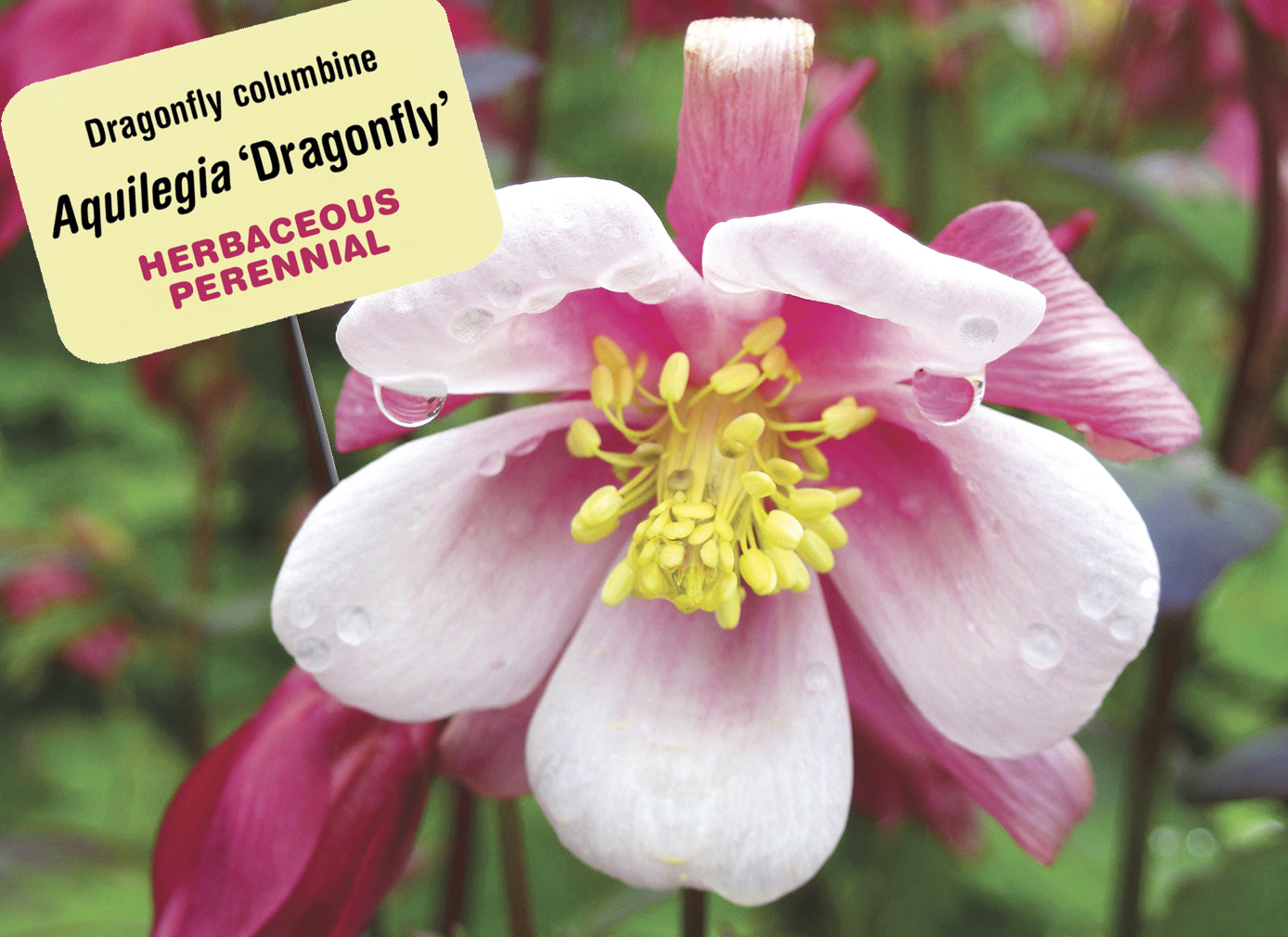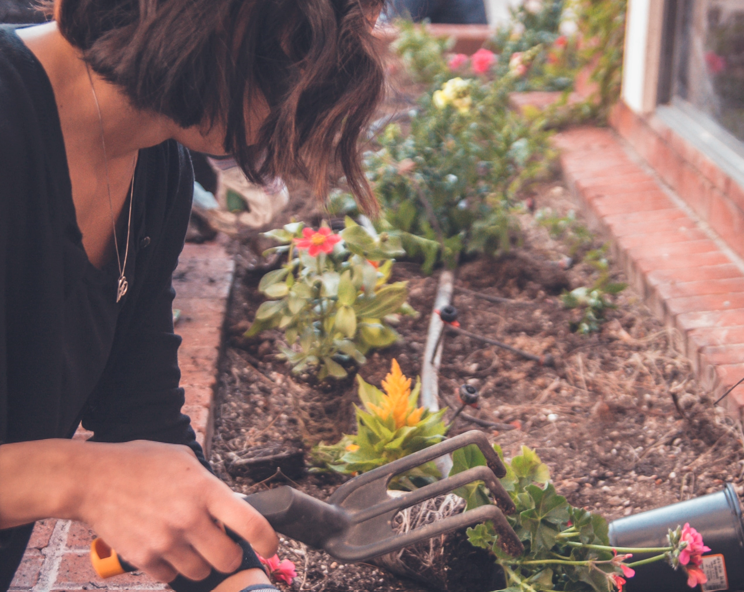Gardening has a language all its own; it helps to learn the lingo.
By Carol Hall
Does reading a gardening book make you reach for a dictionary? When listening to a garden expert on the radio or talking to garden-centre staff, do you find yourself wishing for a Berlitz course in “gardenspeak”? If so, you’re not alone: as with so many specialized activities, gardening is rife with its own jargon. Fortunately, the more often unfamiliar gardening terms are used, the sooner they become second nature. Here’s a leg-up for a new growing season.
Alpine. Strictly speaking, a low-growing or shrubby plant that grows above the treeline of a mountain; in common practice, any ground-hugging, compact, usually sun-loving flowering perennial.
Annual. A plant that grows, blooms, sets seed, and dies within one year. Annuals may be hardy (seed can be sown before the last expected frost; plants will survive light frost) or half-hardy (seed must be planted in warm soil or started indoors; plants cannot survive frost).
Bare-root. Refers to plants such as roses, asparagus, rhubarb, strawberries, raspberries, grapes, and fruit trees sold while dormant in late winter to early spring, without soil around their roots. Bare-root plants cost much less than containerized plants, but they must be planted before they leaf out.
B & B. Balled and burlapped. Field-grown trees and large shrubs dug up in late winter, with heavy soil encasing their roots; the root ball is immediately wrapped with burlap and tied with string for planting in spring. You should leave the burlap intact when planting (it will rot away), but cut the string and loosen it from the trunk before you fill in the planting hole.
Biennial. A seed-grown plant that produces leaves but no flowers before overwintering, blooms the following year, and then sets seed and dies.
Binomial. Literally, “two names”; refers to a plant’s genus and species names under the International Code of Nomenclature for Cultivated Plants. Binomials are always in Latin and always italicized.
Broadleaf evergreen. Any plant with flattened, usually leathery leaves (instead of needles) that remain green over winter, such as the rhododendron, laurel, holly, and boxwood.
Clone. A daughter plant with exactly the same genetic material as the parent plant, achieved through vegetative reproduction (by cuttings, layering, or runners) instead of seed.
Conifer. Literally, “cone-bearing.” Commonly used to mean needle-leaved evergreen trees such as spruces and pines, although ginkgos (which have broad deciduous leaves) and yews (which don’t bear cones) are also conifers.
Cultivar. A contraction of “cultivated variety”; the plant may be either a hybrid or a selected seedling of a species. Cultivar names are always capitalized and enclosed in single quotation marks.
Deadhead. To remove faded flowers by hand or with secateurs. This promotes more flowering and tidies the plant.
Dormant. In a state of suspended animation, with no sign of growth. Most trees, shrubs, and perennials are dormant in winter; most hardy spring bulbs are dormant in summer and fall, as well.
Habit. The shape of a plant that is usual for the species, e.g. mounding, creeping, columnar, spiky, and weeping.
Genus (plural: genera). The first part of a plant’s binomial, separating plants into major groups, such as the spruce (Picea), maple (Acer), lilac (Syringa), and bellflower (Campanula). The genus name is always capitalized.
Herbaceous. A perennial plant with non-woody stems that die to ground level in winter.

Leaf shape. Leaves may be simple (one basic shape per stem) or compound (several leaflets per stem); cordate (heart-shaped), lanceolate (pointed), palmate (five or more radiating nodules, like the spread fingers of a hand), spatulate (spoon-shaped), or many other shapes.
Legume. Members of the bean and pea family of plants with special root nodules capable of fixing nitrogen from the air. Other legumes include the peanut, clover, alfalfa, vetch, and lupine.
Perennial. A plant without a permanent trunk that lives for three or more years. A perennial may be deciduous or evergreen; herbaceous or somewhat woody (with stiff stems); hardy (capable of surviving winter in a given climate without protection); or tender (cannot survive frost).
Picotee. A flower with a ring of a different colour at the edge of the petals.
Pot-bound. A containerized plant whose roots have grown to fill nearly all the available space, making it hard for water and nutrients to penetrate. Such plants need repotting as soon as possible.

Species (both singular and plural). The second, descriptive part of a plant’s binomial, as in “Picea glauca (white spruce)” and “Acer saccharum (sugar maple).” The species name is always in lower case.
Standard. A plant normally without a woody trunk, such as a rose or fuchsia, that has been gradually trained into an upright single-stemmed specimen with a bushy flowering top.
Sport. A spontaneous genetic mutation resulting in part of a plant differing from the norm in form, habit, colour, or size. If a sport is considered desirable, it can be propagated by cloning.
Variety. A seedling of a species that differs enough from the norm to be given its own cultivar name, such as Hibiscus syriacus ‘Aphrodite’ (Aphrodite hardy hibiscus), or a distinct subpopulation of a species in the wild, such as Cornus kousa var. chinensis (Chinese variety of Korean dogwood).
Now you’re ready to go!
Photos: iStock/photodanila (label); Carol Hall (others).





